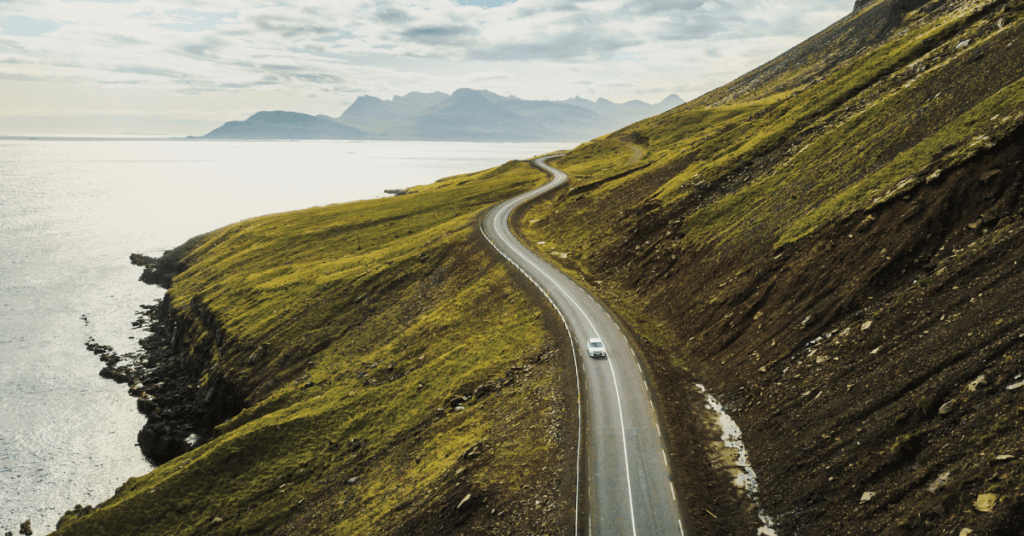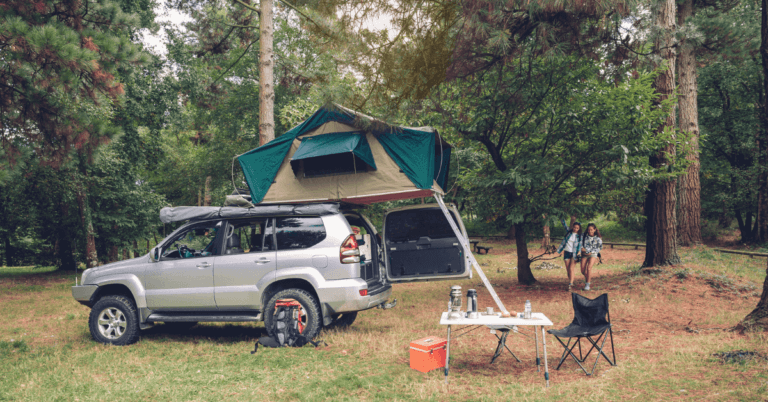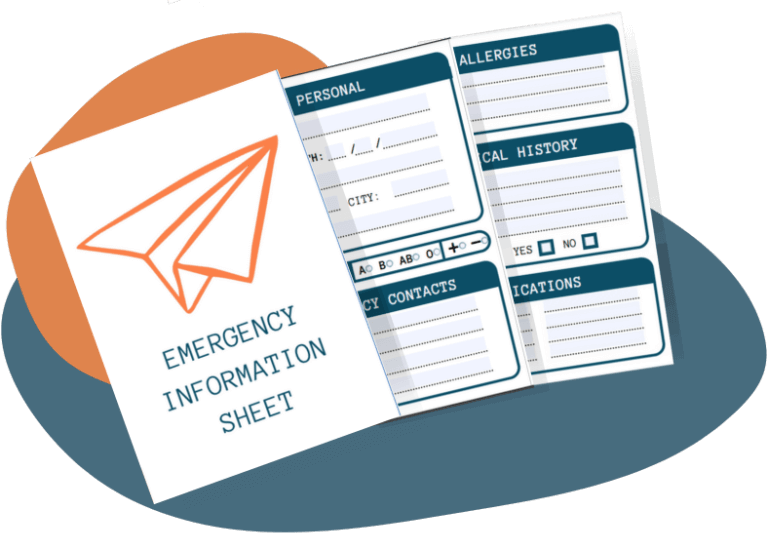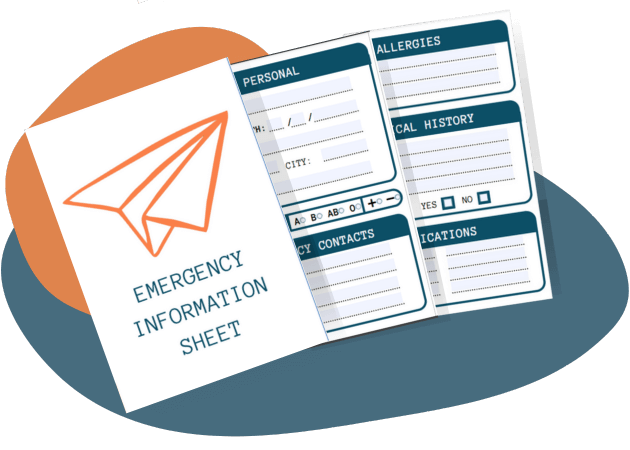Iceland is gaining more popularity as a travel destination, and it’s not hard to see why.
The land of fire and ice is home to some of Europe’s most beautiful landscapes. Volcanos, glaciers, and if you’re lucky- maybe even elves.
While Iceland is full of wonders to explore, driving to them might sometimes be challenging.
Do you have a trip to Iceland coming up?
Here are ten things you need to know about driving in Iceland before you hit the road!
Weather
An absolute beginner mistake is to forget to check the weather forecast before leaving for the day. The Icelandic weather can be very unpredictable, as they love to say: “In Iceland, you can experience all four seasons in one day”.
Check the weather forecast on vedur.is
Road Conditions
Just like the weather, road conditions can change in a heartbeat, resulting in roads closing at the last minute.
That might get in the way of your travel plans, but under no circumstances should you be driving on closed roads. If the Icelanders tell you a route is impassable, it is!

Check road.is for the latest updates on the road conditions to see current incidents, road works, snow, slippery roads, etc.
Sheep
You won’t have to drive long on the Icelandic roads to see some sheep roaming freely.
Beware, they might cross the street or even take a little nap on the asphalt.
Try to pass them slowly, and if you have to, exit your car to lead the sheep away from the road. Other drivers might be approaching, so be careful before getting out.
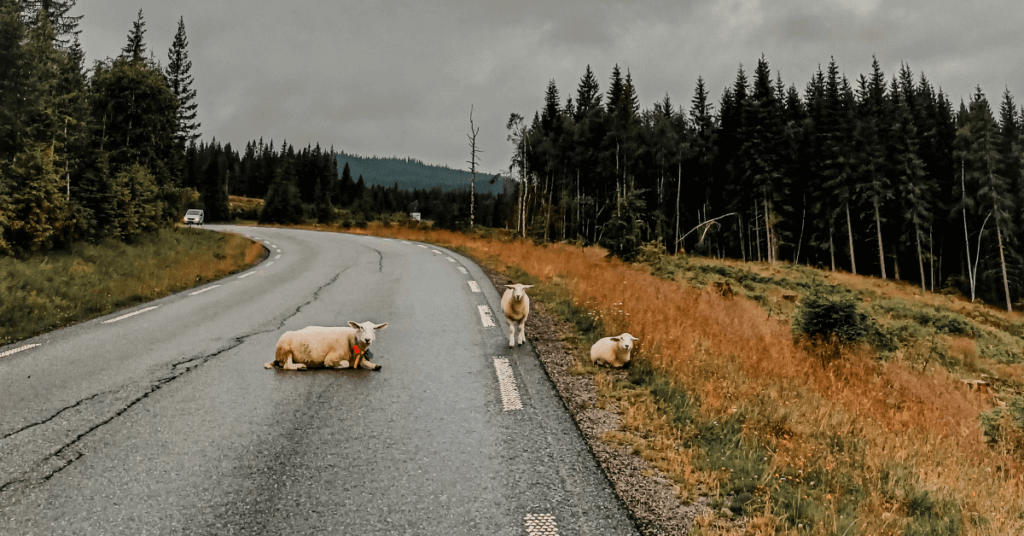
Speed Limit
Speed limits can vary, but the three most common ones are:
- Populated areas: 50km/h
- Highways: 90km/h
- Gravel roads: 80km/h
Driving Side
Like in most European countries, vehicles are driven on the right side of the road.
If you want to overtake another car, you can do so on the left.
F-Roads
F-roads stand for Fjallvegur, which translates to mountain roads. These are unpaved roads that run through the Icelandic Highlands.
You’re only allowed to drive on them with a suitable 4WD vehicle since these roads don’t receive regular maintenance and could harbor some big rocks and deep holes.
F-roads are closed during the winter and open up once the weather improves. If you want a chance to explore the Icelandic Highlands, make sure to come during summertime.

Most rental companies won’t allow you to drive on the F-roads, even when renting a 4WD!
Check this in advance and read the fine print of your car’s insurance to avoid hefty costs.
River Crossings
If you decide to conquer the F-roads, prepare to get wet! There will be a lot of unbridged river crossing along these roads.

There are many tips and tricks on how to cross a river safely, like always driving downstream and never shifting gear when you’re in the water, but the best advice we could give is to know your own capabilities and your vehicle’s.
Be aware that conditions can change quickly, and rivers can rapidly deepen due to heavy rainfall or glacial melt.

Damages sustained during river crossings are NEVER covered by your insurance.
Off-Road
Off-road driving is ILLEGAL.
The Icelandic scenery is almost otherworldly, and Icelanders -rightfully so- want to protect it at all costs.
Iceland is known for its diverse moss species, which have been growing for thousands of years. Driving over it could damage it severely. Oh, and it is also a literal crime!
Stay on the marked roads to avoid upsetting the locals and ensure that people can enjoy the majestic Icelandic landscapes for years to come!
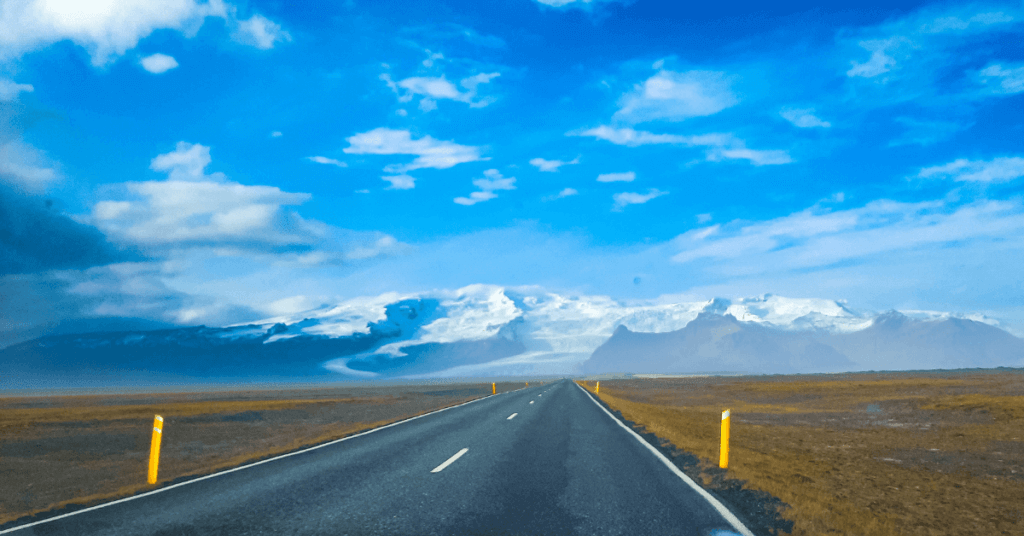
Vehicle
There’s no one perfect vehicle for your Icelandic roadtrips since this heavily depends on where you’re planning on going.
If all you want to do is get out of Reykjavik for a day and explore the Golden Circle, most cars will do.
Once you venture further away from the city, a 4WD becomes heavily advised, and if you want to drive on the F-roads, it’s even mandatory.
Wind speeds can be very high, so try not to pick a too-top-heavy vehicle since these tend to tip over quickly.

Studded tires are only allowed from November 1st until the 14th of April, or when driving conditions require them outside this timeframe.
Lights
Your car’s headlights must always be on, day and night. It ensures good visibility of your vehicle, even when the weather rapidly changes, and it prevents fines. WIN-WIN!
Extra Tips
- In case of an emergency, call the national emergency number 📞112
- Always check road.is before traveling, or call ‘The Icelandic Roads & Coastal Administration’‘ for information on the weather or the road conditions 📞1777
- Keep your phone charged, so you can always call for help if you were to get into trouble.
- Some roads have long stretches without fuel stations. Don’t skip out on refueling when you get the chance.
- For extra safety, log and share your travel plans on safetravel.is
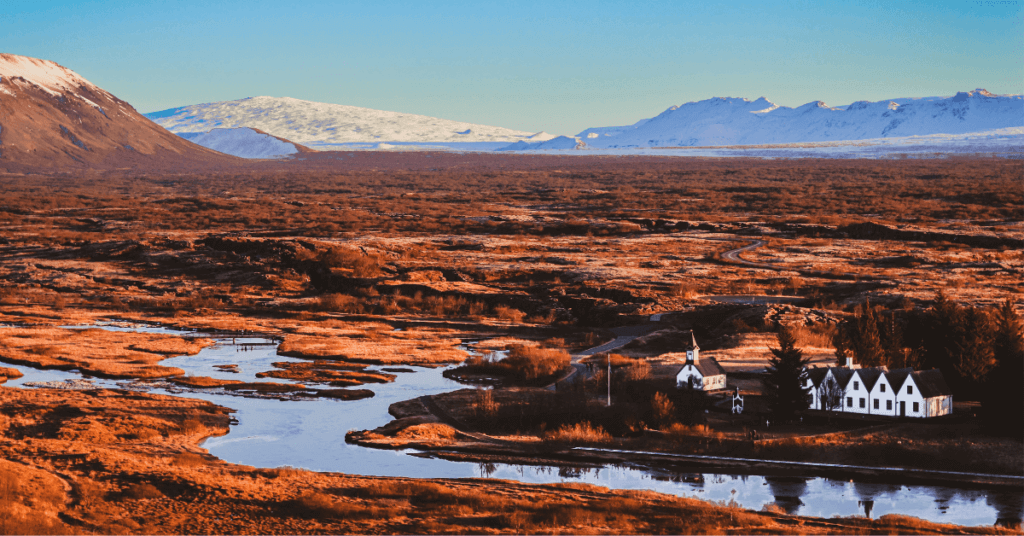
Please don’t let these things discourage you from exploring the incredible Iceland yourself.
If you use your common sense, prepare properly, and check the weather and road conditions daily, you’re good to go!


